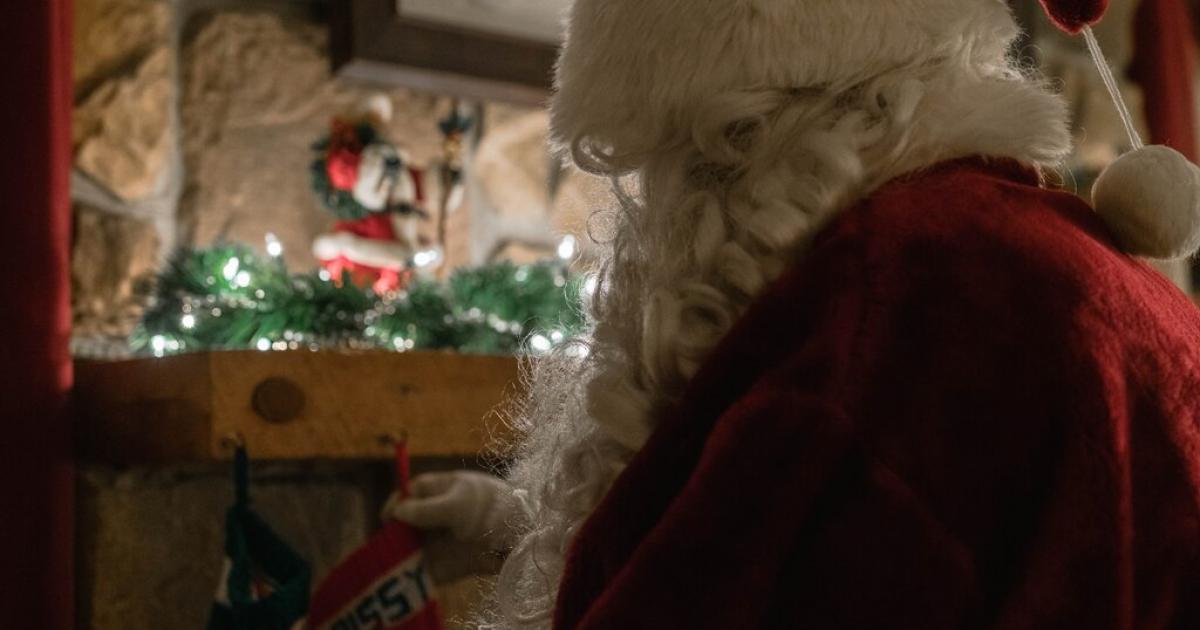3 European Christmas traditions you didn’t know about
3 European Christmas traditions you didn’t know about
Have you heard that there is no Santa Claus in the Czech Republic?
Most of the movies we watch and the books we read have a very accurate depiction of the holiday season. christmas is always associated with Santa Claus, families always open the gifts on the morning of December 25, and they always have turkey for dinner. While this portrayal is certainly not wrong, it does not take into account or represent the traditions of other cultures.
People all over the world celebrate Christmas in their own way. However, we often perceive their customs as strange simply because we are never exposed to them. For this reason, TheMayor.EU has chosen to share and explore 3 European Christmas traditions that few have heard of in order to shed some light on some of the lesser known holiday customs.
No Santa Claus in the Czech Republic
The Czechs celebrate Christmas but do not have Santa Claus. Given the conventional representation of the holiday season, this phrase may seem almost like a contradiction since Santa Claus has almost become synonymous with Christmas. In turn, this leaves people wondering: If not Santa Claus, then who?
Instead of waiting for Santa Claus and his reindeer, Czech children are waiting Jezisek – Baby Jesus. Going further, unlike Santa Claus, Jezisek does not sneak into the house while everyone is sleeping but rather while the children are eating on Christmas Eve. Then he delivers their gifts and rings a bell to announce their arrival.
It is important to note that even though the Czechs do not believe in Santa Claus, they do believe in Saint Nicholas. That is to say, during the first week of December, Saint Nicholas visits the children to judge whether they have been naughty or nice and to distribute small gifts.
Krampus: a scary Christmas character
While most children fear they’ll be given charcoal if they misbehave, little ones in the Bavarian and Austrian Alps are afraid of something much scarier: Krampus, a half-goat, half-devil who takes on the role of Santa’s sidekick.
As in the Czech Republic, Saint-Nicolas visits the children on the night of December 5 in the Alps. However, he does so alongside Krampus, who threatens to kidnap those who have been evil over the year. This evening is therefore known as Krampusnacht (Krampus night).
Also on this evening, southern Bavarian men sometimes dress up as mythical creatures and roam the streets, waiting to be invited by the parents of misbehaving children.
Krampus’ origins are unclear, with many believing the legend dates back to before Christianity.
Playing pranks in Spain
Known as the Spanish version of April Fool’s Day, Dia de Los Santos Inocentes (Saint Innocents’ Day) takes place on December 28. To mark the day, Spaniards pull pranks, dress up in funny costumes and cheat their loved ones.
Although the day has religious significance and stems from an event in the Bible, it has evolved over time. So where people once prayed, now they do simple pranks like swapping salt and sugar. These little jokes are known as innocent and are an integral part of the holiday season.
Of course, these pranks can also be more elaborate, with the media often making up fake reports and ridiculous stories. Additionally, some cities hold carnivals, fundraisers, and parades to mark the day.
In summary, there are countless Christmas traditions not only in Europe but all over the world. More importantly, they are all equally special.


Comments are closed.